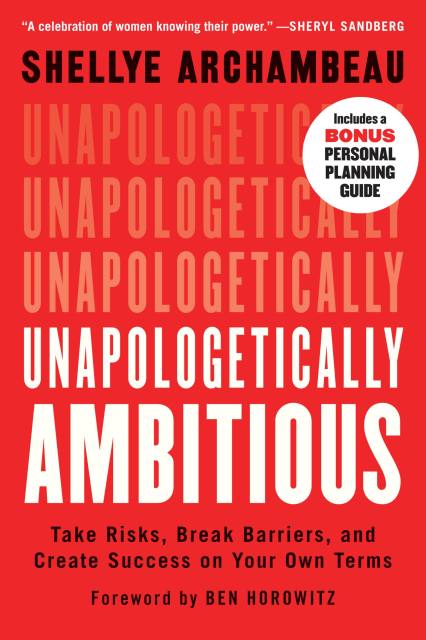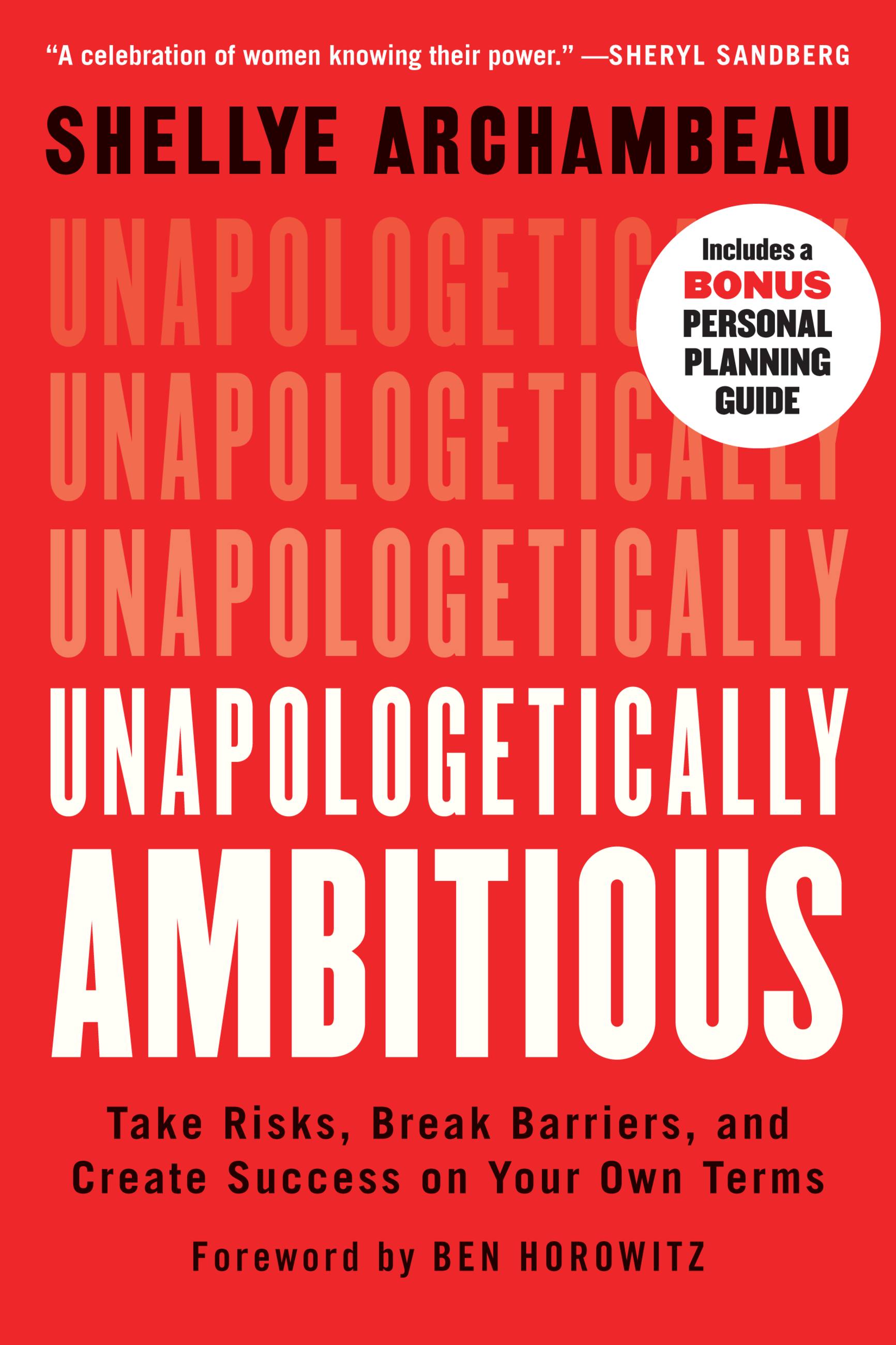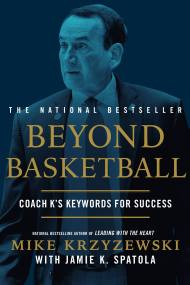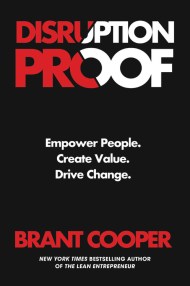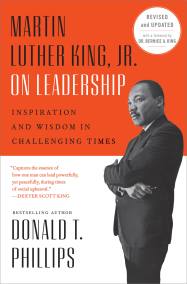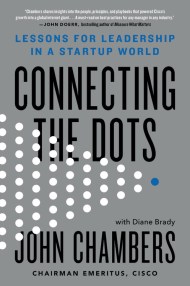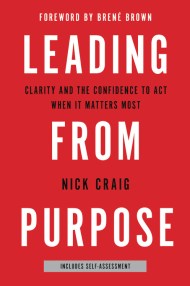Promotion
Use code BEST25 for 25% off storewide. Make sure to order by 11:59am, 12/12 for holiday delivery!
By clicking “Accept,” you agree to the use of cookies and similar technologies on your device as set forth in our Cookie Policy and our Privacy Policy. Please note that certain cookies are essential for this website to function properly and do not require user consent to be deployed.
Unapologetically Ambitious
Take Risks, Break Barriers, and Create Success on Your Own Terms
Contributors
Foreword by Ben Horowitz
Formats and Prices
- On Sale
- Oct 6, 2020
- Page Count
- 288 pages
- Publisher
- Grand Central Publishing
- ISBN-13
- 9781538702901
Price
$11.99Price
$15.99 CADFormat
Format:
- ebook $11.99 $15.99 CAD
- Hardcover $28.00 $35.00 CAD
- Audiobook Download (Unabridged) $24.99
- Trade Paperback $17.99 $22.99 CAD
This item is a preorder. Your payment method will be charged immediately, and the product is expected to ship on or around October 6, 2020. This date is subject to change due to shipping delays beyond our control.
Buy from Other Retailers:
Full of empowering wisdom from one of Silicon Valley's first female African American CEOs, this inspiring leadership book offers a blueprint for how to achieve your personal and professional goals.
Shellye Archambeau recounts how she overcame the challenges she faced as a young black woman, wife, and mother, managing her personal and professional responsibilities while climbing the ranks at IBM and subsequently in her roles as CEO. Through the busts and booms of Silicon Valley in the early 2000s, this bold and inspiring book details the risks she took and the strategies she engaged to steer her family, her career, and her company MetricStream toward success.
Through her journey, Shellye discovered that ambition alone is not enough to achieve success. Here, she shares the practical strategies, tools, and approaches readers can employ right now, including concrete steps to most effectively:
- Dismantle impostor syndrome
- Capitalize on the power of planning
- Take risks
- Developing financial literacy
- Build your network
- Establish your reputation
- Take charge of your career
- Integrate work, marriage, parenthood, and self-care
-
"In a world that too often tells women, especially Black women, to stay small, keep quiet, and know their limits, this book says otherwise. It's a celebration of women knowing their power."Sheryl Sandberg, COO of Meta and founder of LeanIn.Org and OptionB.Org
-
"Shellye has achieved amazing success through a clear strategy of setting goals, making plans, and intelligent risk-taking. In this book, she's now sharing these strategies with us: why to set an ambitious plan and how to achieve it. Highly recommended."Reid Hoffman, co-founder of LinkedIn and #1 New York Times bestselling author of The Start-Up of You
-
"Readers will be drawn into her narrative style and find her advice practical and easy to follow. The book of concrete career and life advice from an accomplished Black woman will appeal to women of all ages."Booklist, starred review
-
"Shellye's life story, and the lessons it carries, are powerful examples of focus and ambition that can shape your life for the better. If your goal is just to be famous, maybe this is not the story for you, but if your goal is to be a truly great leader of men and women, you have found your guide."Ben Horowitz, New York Times bestselling author of The Hard Thing about Hard Things
-
"Unapologetically Ambitious is a treasure trove of strategic wisdom and practical tips, brought to life through amazing storytelling that will leave the reader inspired, empowered and appreciative. The book deals with the realities of setbacks, trade-offs and societal norms in an authentic way, while illustrating that strength and success often lie in mindset and the team you choose in life. The closing chapter serves as a master guide to navigating life, providing a penultimate takeaway for any reader early in their journey to put the wisdom and experience of the Archambeau's lessons learned into immediate action!"Brad D.Smith, President of Marshall University and Executive Chairman of Intuit and Nordstrom
-
"Through a compelling story about her own journey, Shellye offers powerful tips for how to live life courageously and go after what you want. From investing in your financial health to integrating work, marriage, parenthood and self-care--each chapter lays out actionable strategies to help you achieve your goals. A must read for anyone looking for ways to grow and live their best life."Thasunda Brown Duckett, CEO of TIAA and former CEO of Chase Consumer Banking
-
"A successful career in any industry is always underpinned by a few important elements: focus, risk-awareness and drive. Shellye's book Unapologetically Ambitious underscores the importance these elements can play in your career and showcases brilliant strategies and approaches through her own career pursuits. "John Thompson, chairman of Microsoft
-
"Shellye Archambeau is one of the most intelligent, hard-working and focused women I have met in my 40+ years of business. I was very pleased to have her join the Verizon board in 2013 and have watched her rise within the board to now head the Corporate Governance Committee. Her experience as an African American women rising through the ranks of both large global businesses and technology startups gives her a unique perspective to share with those entering the business world especially those people of color. Grab a pen a paper as you read this book. It is full of the guidance that will put you on a path to career success."Lowell McAdam,Former CEO of Verizon
-
"There are lots of people who have the raw talent and ambition to be great successes, but lack a strategy and plan. That's what Unapologetically Ambitious is about! It reveals Shellye Archambeau's formula for developing your own talent and getting what you want out of life both professionally and personally. It's the book I wish I had read when I was in my 20s."Eric Schmidt, Google CEO and chairman from 2001 until2011, Google executive chairman from 2011 to 2015 and Alphabetexecutive chairman from 2015 to 2018
-
"Archambeau's winning voice and refusal to countenance failure make for an appealing account of one woman's path to success."Publishers Weekly
-
"Archambeau's book is essential reading for anyone seeking guidance on taking a strategic approach to increasing their odds for success in business and life. I especially recommend it to entrepreneurs and innovators who are early in their careers and focused on drawing down risk and achieving targeted milestones."Clare Leinweber, Executive Director of TsaiCenter for Innovative Thinking at Yale
-
"Shellye Archambeau's remarkable journey is one of tremendous grit and perseverance. Through honest storytelling, Unapologetically Ambitious reveals a clear message-create your own luck."Mellody Hobson, Presidentand co-CEO of Ariel Investments
-
"Shellye Archambeau is an extraordinary leader whose insight is only rivaled by her foresight. She takes us through her fascinating life's journey, which is marked by dogged persistence, bucking of norms, and repeated excellence. This deeply personal and engaging book is a must-read!"Tsedal Neeley,Harvard Business School Professor and Author of the Language of GlobalSuccess
Newsletter Signup
By clicking ‘Sign Up,’ I acknowledge that I have read and agree to Hachette Book Group’s Privacy Policy and Terms of Use
